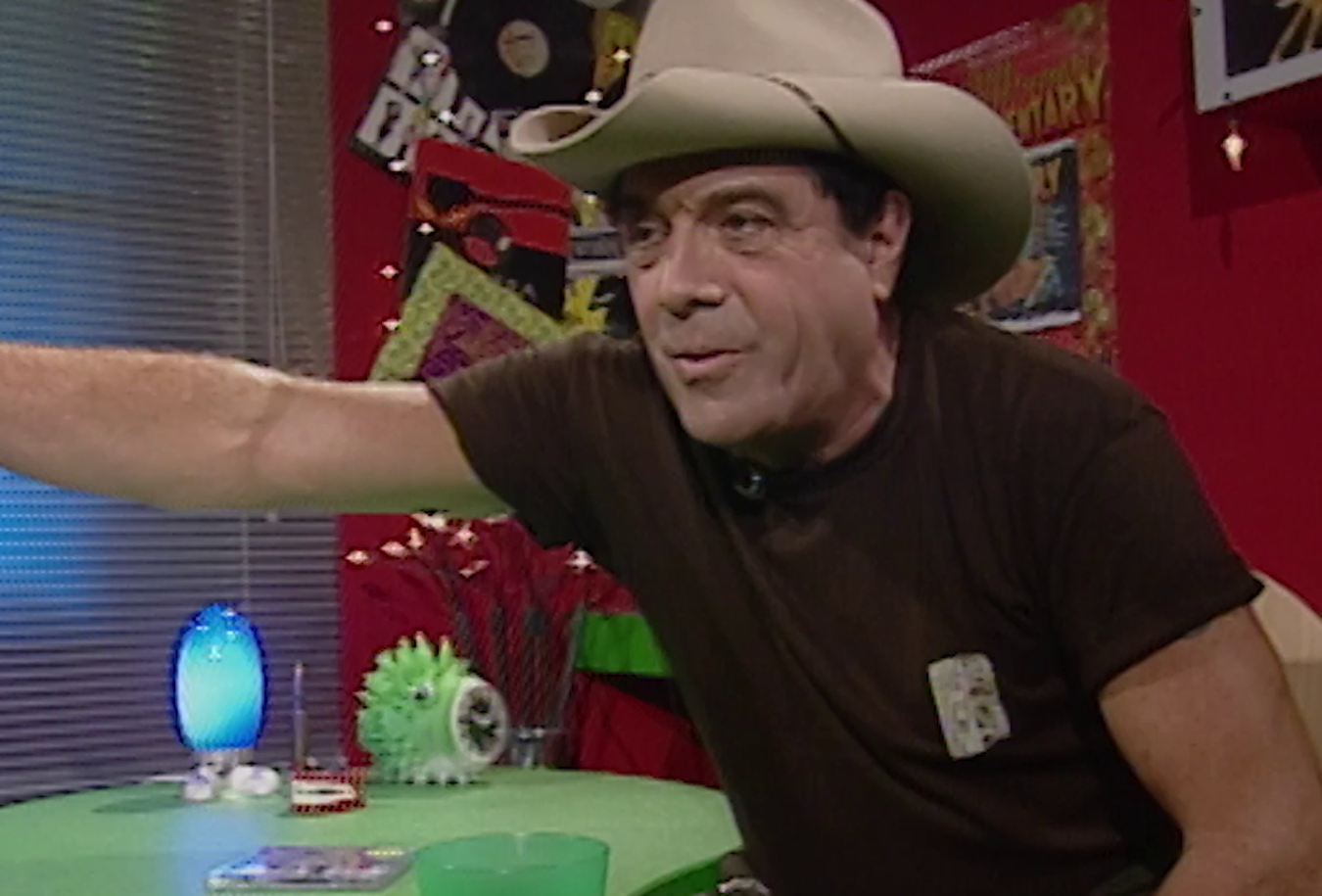
Tribal Music of Australia – AP Elkin
Djedbang-ari is a three-part Indigenous manikay (song) and dance from the Yirrkala district in the far north-east of Arnhem Land.
Summary by Sophie Sambono
There are breaks in the singing halfway through a stanza and dance scene, which is a feature of the manikay structure, and called 'stopping the dance, halfway’.
We can only hear the audio of the performances recorded by Elkin but the presence of the entire ceremony is felt as the dancers can be heard stamping their feet and uttering trills in the later verses. Dogs barking incidentally in the second part of the manikay add to the atmosphere of authenticity of this recording.
The recordings were made in the late 1940s and through the 1950s and include the incorporation of European influences into traditional song and dance. For example the first of these three pieces is an interpretation of the movies which a songman saw at a military camp during the war.
Tribal Music of Australia synopsis
These songs, or manikay, are a series of songs passed down through generations from the ancestral beings that originally shaped and named the Yolngu homelands of north-east Arnhem Land. Accompanied by bilma (clapsticks) and yidaki (didjeridu), these manikay series are sung at ceremonies and contain ancestral knowledge essential to the Yolngu way of life. The recordings were made by Dr AP Elkin between 1949 and 1952.
Curator's notes
These sacred ritual songs are about the land and the plants, animals, people and spirits that inhabit it, and are performed by Australian Aboriginals from the Yirrkala district in far north-east Arnhem Land. Mokuy, the ancestral ghosts, are everywhere in the landscape and mediate the transmission of the manikay. Their teachings offer a glimpse of the deeper ancestral treasures held in each Yolngu homeland.
The track selected, 'Djedbang-ari’, is taken from the first available LP recording of traditional Aboriginal music, released on the well-known Ethnic Folkways label in the United States. It consisted of ethnographic recordings made by Dr Adolphus Peter Elkin (1891–1979) between 1949 and 1952 in Arnhem Land, Northern Territory. Elkin was an Anglican minister and Professor of Anthropology at the University of Sydney (1933–56), as well as a strong supporter of Aboriginal causes of the time.
Accompanied by a seven-page booklet, the vinyl album contained a wide variety of previously unheard material: sacred songs, corroboree music, even several versions of the same song-text. It also contains some of the earliest authentically annotated recordings of didgeridoo (didjeridu) playing, bringing the music of one of the world’s oldest surviving civilisations to the notice of the contemporary world for the first time.
While the music is of ongoing musicological interest, little regard was given at the time to cultural sensitivities regarding ownership and who has the rights to listen to this music. The NFSA now actively consults with the traditional owners to determine whether to make such recordings publicly available.
Notes by Sophie Sambono
The National Film and Sound Archive of Australia acknowledges Australia’s Aboriginal and Torres Strait Islander peoples as the Traditional Custodians of the land on which we work and live and gives respect to their Elders both past and present.


